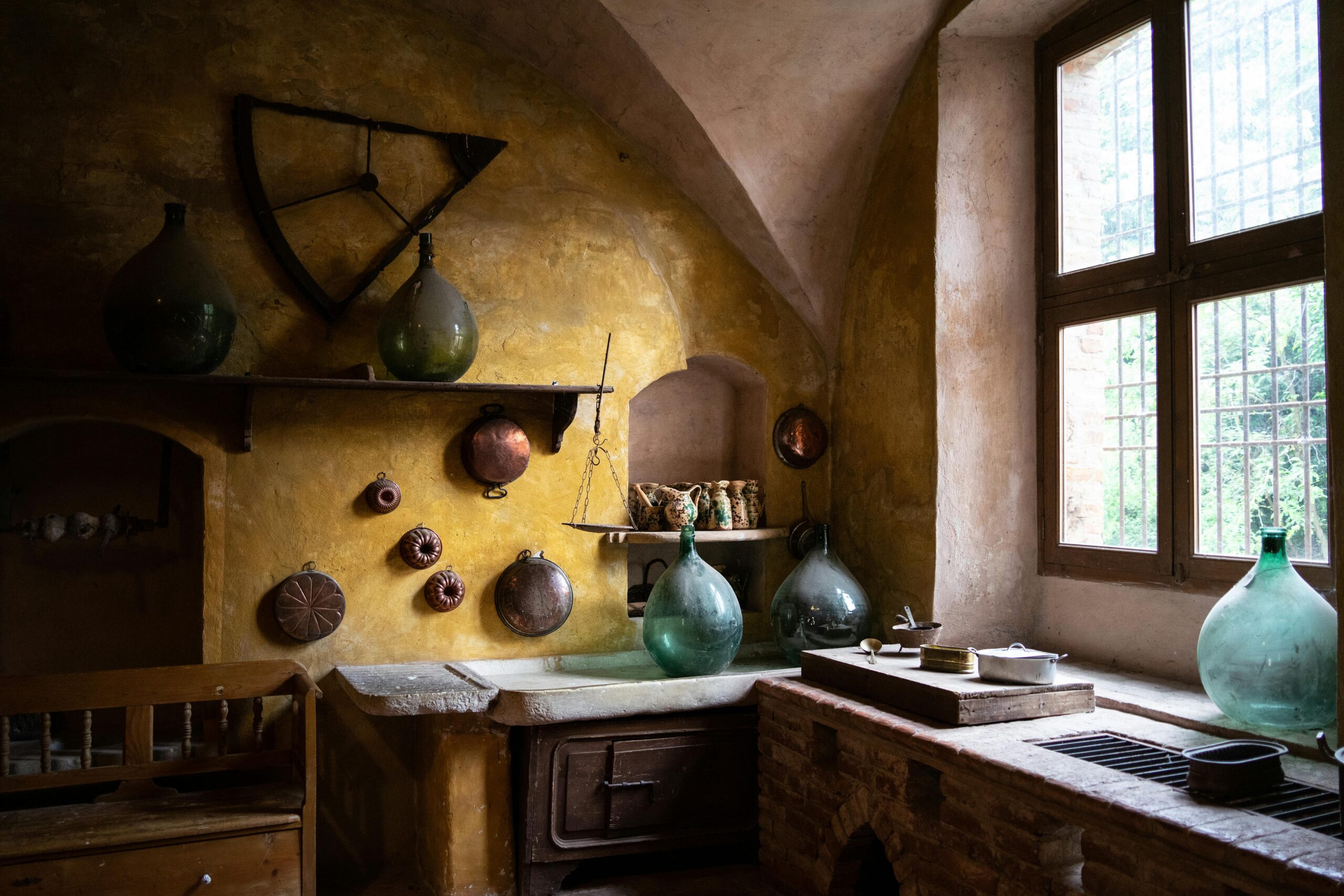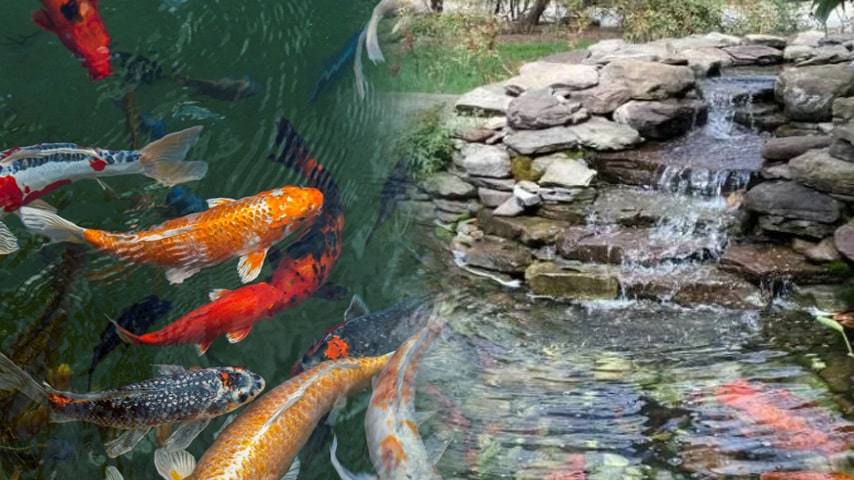When it comes to outdoor construction projects, choosing the right materials is crucial for durability and longevity. Two popular options that often come into consideration are waterproof plywood and treated lumber. Each has its own set of advantages and drawbacks, making the decision a critical one. In this article, we’ll delve into the characteristics of both materials, shedding light on their pros and cons, to help you make an informed decision.
Understanding Waterproof Plywood
Waterproof plywood is specially designed to resist water penetration, making it an ideal choice for projects that will be exposed to moisture, such as decks, outdoor furniture, and boat construction. It is crafted by bonding multiple layers of wood together with a waterproof adhesive, ensuring that even when wet, the plywood retains its structural integrity.
In addition to its remarkable water resistance, the construction of waterproof plywood involves a meticulous layering process. Each sheet is composed of multiple layers of wood, strategically stacked and bonded with a specialized waterproof adhesive.
This technique not only reinforces its structural integrity but also grants it remarkable stability under varying environmental conditions.
Whether facing the relentless pounding of rain or the constant exposure to high humidity, waterproof plywood stands as a stalwart protector of your outdoor projects.
This unique composition sets it apart, ensuring that it maintains its strength and shape over time, even in the harshest of conditions.
Advantages of Waterproof Plywood
- Water Resistance: Waterproof plywood is engineered through a process that involves applying a water-resistant coating or using special adhesives that prevent moisture penetration.
This makes it an ideal choice for a wide range of applications where exposure to water is a concern.
In construction, it finds extensive use in areas prone to high humidity, such as kitchens, and bathrooms, and outdoor structures like decks and fences. Its resilience to water damage also extends its utility in boat building and marine applications, where constant exposure to moisture is a given.
Moreover, the durability of waterproof plywood translates to a longer lifespan, reducing the need for frequent replacements and ultimately contributing to cost savings over time. With its impressive resistance to the elements, this versatile material has become a cornerstone in many industries that rely on dependable, long-lasting structures.
- Durable and Long-Lasting: Additionally, the robust nature of waterproof plywood also makes it a sustainable choice. Its resistance to water damage means that it is less susceptible to rot, mold, and insect infestations, which are common issues that plague untreated wood in damp conditions.
This reduces the need for chemical treatments and preservatives, promoting eco-friendly construction practices. Furthermore, its longevity means that it requires fewer resources for maintenance and replacement, ultimately decreasing the overall environmental impact.
This makes waterproof plywood an excellent option for environmentally conscious builders and homeowners looking to create structures that stand the test of time while minimizing their ecological footprint.
- Versatility: It can be used in a wide range of outdoor projects, providing a reliable and stable base.
Its versatility in outdoor applications is further exemplified by its ability to seamlessly adapt to various design requirements. Waterproof plywood is available in different thicknesses and grades, allowing for customization based on specific project needs.
This flexibility makes it suitable for everything from building sturdy outdoor furniture to constructing durable playhouses for children.
Additionally, its smooth surface and consistent structural integrity make it an excellent choice for projects that require intricate detailing or precise joinery.
Whether it’s for decking, fencing, or landscaping elements, the dependable performance of waterproof plywood ensures that outdoor structures maintain their form and function even in the face of changing weather conditions and environmental stressors.
This adaptability and reliability have solidified its reputation as a fundamental material for enduring outdoor projects.
Drawbacks of Waterproof Plywood
- Cost: Waterproof plywood price tends to be more expensive than treated lumber, which may be a consideration for budget-conscious projects.
- Weight: It is heavier than treated lumber, potentially making it more challenging to handle and transport.
The Benefits of Treated Lumber
Treated lumber, on the other hand, is regular wood that has undergone a chemical treatment process to enhance its resistance to decay, insects, and moisture. This makes it a popular choice for various outdoor applications.
Beyond its initial treatment, treated lumber possesses a remarkable ability to withstand the test of time in outdoor environments. The chemical process it undergoes saturates the wood fibers, creating a robust barrier against decay-causing organisms and pesky insects.
This means that even in regions prone to termite infestations or high humidity levels, treated lumber maintains its structural integrity, ensuring the longevity of your outdoor projects.
Its versatility is also worth noting; from sturdy decks to resilient fences, treated lumber proves itself as a reliable choice for a wide array of outdoor constructions.
Whether you’re building a garden shed or a sprawling deck, you can trust treated lumber to provide enduring strength and protection.
Advantages of Treated Lumber
- Cost-Effective: Treated lumber is generally more affordable upfront, making it an attractive option for projects with budget constraints.
- Readily Available: It is widely available at most hardware stores, making it convenient for last-minute projects or quick repairs.
Drawbacks of Treated Lumber
- Limited Water Resistance: While treated lumber does offer some level of water resistance, it is not on par with waterproof plywood. Prolonged exposure to moisture can still lead to decay over time.
- Maintenance Required: Treated lumber may need periodic reapplication of protective coatings to maintain its resistance to decay and insects.
Making the Investment Decision
In the battle of waterproof plywood vs. treated lumber, there’s no one-size-fits-all answer. The choice largely depends on the specific requirements of your project, including budget, location, and the level of exposure to moisture.
For projects where water resistance is paramount, such as boat building or outdoor furniture, waterproof plywood is the clear winner. Its superior resistance to moisture ensures a longer lifespan, making it a wise investment in the long run.
On the other hand, if cost is a significant factor and the project will not be constantly exposed to moisture, treated lumber may be the more practical choice. It provides a good balance between affordability and durability.
Conclusion
In conclusion, both materials have their own strengths and applications. By carefully considering your project’s needs and budget, you can make an informed decision that will result in a successful and long-lasting construction endeavor. Remember, it’s not about finding the “best” material, but rather the one that best suits your specific requirements.



